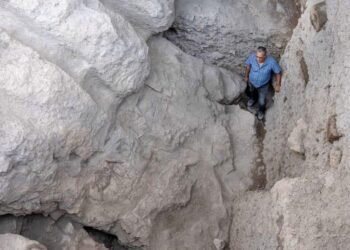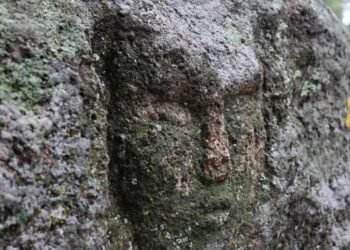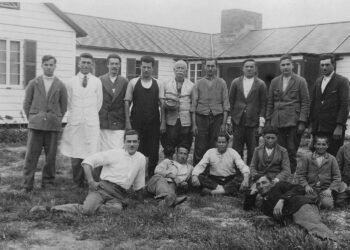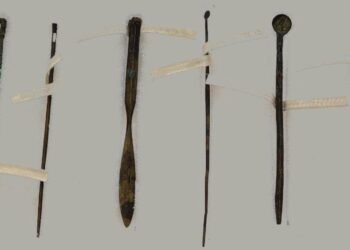The Seima-Turbino culture is an ancient archaeological culture that emerged in the forest-steppes of southern Siberia during the Late Bronze Age, around 1900 to 1400 BCE. This culture is of great interest to archaeologists and historians due to its widespread influence and potential role in the transmission of metallurgical knowledge in ancient Eurasia.
This culture is named after two significant archaeological sites: Seima in the Altai Mountains and Turbino in the Minusinsk Basin, both located in present-day Russia.
Territorial Extent: The Seima-Turbino culture is known for its vast territorial extent, spanning across a large portion of present-day Siberia and reaching into parts of Mongolia and northern China. This wide distribution suggests that the culture was highly mobile, possibly composed of semi-nomadic or nomadic communities.
Bronze Technology: The culture is characterized by its distinctive bronze artifacts. The culture is known for producing a variety of bronze artifacts, including weapons such as daggers, knives, and spearheads, as well as ornaments like belt buckles, beads, and pendants. These artifacts showcase intricate and elaborate designs, indicating a high level of craftsmanship.
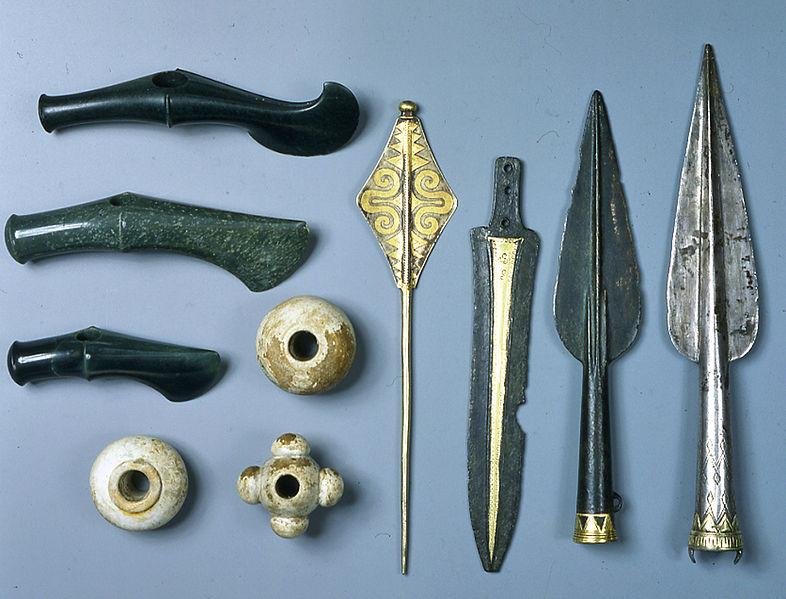
Burial Practices: Archaeological evidence from Seima-Turbino sites indicates specific burial practices. Some burials contained chariots and horses, suggesting the importance of these animals in their culture. The presence of bronze artifacts in the graves further emphasizes the significance of metallurgy and metal objects in their societal practices.

Cultural Exchange and Trade: The Seima-Turbino culture is believed to have been primarily nomadic, with evidence suggesting a reliance on herding domesticated animals such as horses, cattle, and sheep. Their mobile lifestyle facilitated interactions and trade with neighboring cultures, contributing to the spread of their cultural influence over a wide geographical area.
The Seima-Turbino people likely engaged in extensive interactions with neighboring cultures. Some researchers propose that the Seima-Turbino culture played a pivotal role in the spread of early bronze metallurgy, influencing neighboring cultures and contributing to the development of the Bronze Age in the region.

Linguistic Connections: Some researchers have proposed linguistic connections between the Seima-Turbino culture and the subsequent early Indo-European migrations. These theories suggest that the Seima-Turbino culture may have been linked to the origins of some Indo-European languages and cultures.
Decline and Legacy: The reasons for the decline of the Seima-Turbino culture are not entirely clear. Some theories suggest that environmental factors, such as climate change or resource depletion, may have played a role in its decline. Others suggest that internal social and cultural changes, as well as migrations of different groups, contributed to its dissolution.
Despite the uncertainties surrounding its decline, the Seima-Turbino culture has left a significant legacy in the understanding of early Eurasian interactions, metallurgy, and the spread of cultural practices. Ongoing excavations and research continue to shed light on this intriguing culture.


